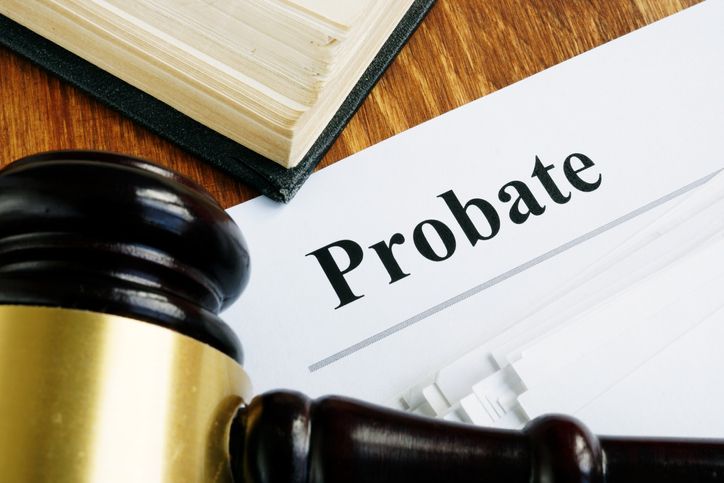In California, if you have committed a crime, a judge might opt for probation instead of or following jail time. Not everyone qualifies for probation, and eligibility is determined by various factors. For those who meet the criteria, probation offers a chance to stay within their communities while adhering to certain conditions. It is crucial to understand that California’s probationary system encompasses two key types: formal and informal. Join us as we break down the clear differences between formal and informal probation and what serving them entails.
What is Probation?

Probation is a legal status granted to individuals upon the conviction of a criminal case. It comes with specific conditions that must be fulfilled, including attending classes, paying fines, serving jail time, or engaging in community service, among other requirements. Importantly, probation is applicable primarily to misdemeanor and certain felony cases, excluding traffic tickets or other infraction cases.
The essence of probation lies in the court’s oversight of your actions, whether directly or indirectly. Its purpose is twofold: to ensure compliance with the stipulated terms and to prevent the violation of any new laws during the probationary period. It is worth noting that if you are sentenced to state prison, probation is not granted upon release. Instead, parole is instituted, or a modified form of probation known as Post Release Community Supervision, which shares similarities with probation but is categorized under parole. This distinction becomes crucial in understanding the two types of probation.
Formal vs. Informal Probation
The two primary types of probation in California are formal and informal probation. Informal probation, often referred to as unsupervised probation, is tailored for low-risk offenders. In this format, individuals under unsupervised probation are not required to report to a probation officer. Their responsibilities revolve around fulfilling fines and committing to avoiding any additional criminal activities throughout the probationary term.
On the other hand, formal probation entails a more stringent set of obligations, and non-compliance can lead to incarceration. Supervised probation entails meeting with the probation officer responsible for ensuring adherence to the stipulated requirements. This involves maintaining employment, participating in random drug and alcohol screenings, attending counseling sessions, and providing financial restitution to those they may have harmed.
Notably, California Penal Code Section 1203.3 grants the right to request a modification of probation terms at any time. For instance, with a track record of several years of law-abiding behavior, some judges may consider changing supervised probation to unsupervised. However, it is crucial to recognize that any violation of probation terms may lead to a court revisit. In such cases, a judge holds the authority to decide whether incarceration becomes necessary. This underscores the importance of strict compliance with probation conditions.
Other Types of Probation
Other than formal and informal probation, the law in California includes various forms of supervised probation, each tailored to specific offenses. Understanding these distinctions is crucial for individuals trying to get through the judicial system:
- Crime-specific probation: This form of probation entails adherence to terms directly related to the committed offense. For example, individuals arrested for drug-related crimes may be subjected to regular drug testing and mandatory substance abuse counseling. Sex offenders may need to register their names publicly as part of their crime-specific probation.
- Shock probation: Judges may opt for shock probation if they believe the individual is likely to learn from the experience. This involves a brief period of incarceration, typically lasting between 30 and 90 days. After this period, the individual can return home under the supervision of a parole or probation officer.
- Community control: Individuals in a community control program, other than fulfilling standard probation requirements, are also required to wear an ankle monitor displaying their location throughout the probationary period. Essentially a form of house arrest for more severe or repeat offenses, community control officers can set schedules that permit individuals to leave their residences for specific purposes. This could be going to work or medical appointments. For those with a clean record during community control, the option to request a less restrictive form of probation may be considered by petitioning the court. Our experienced attorneys at Kosnett Law Firm stand ready to guide you through the complex aspects of probation.
Kosnett Law Firm is Here to Help You
As experienced criminal defense attorneys in Orange County, the team at Kosnett Law Firm is dedicated to assisting you through the legal process. If you are ready to learn more about our services please do not hesitate to contact us today to schedule a consultation.
Related Links:
- What is the Difference Between Probation and Parole?
- How Can I Avoid Getting My Probation Revoked in California?
- What Crimes are Eligible for Probation Over Jail Time?






